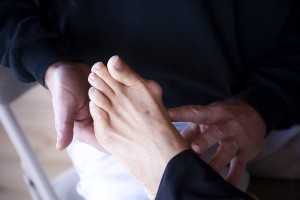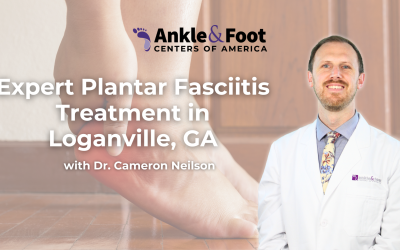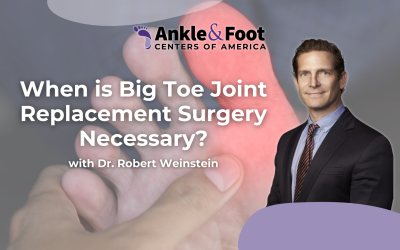 No these aren’t those tasty treats that you find at your favorite restaurant. But Bunions (from the Latin word for enlargement) can be a painful foot deformity that affects many individuals.
No these aren’t those tasty treats that you find at your favorite restaurant. But Bunions (from the Latin word for enlargement) can be a painful foot deformity that affects many individuals.
A Bunion is a malalignment of the Great Toe Joint. This malalignment results in a large bony prominence on the side of the foot and the migration of the great toe towards the second digit. These structural changes eventually render the joint to a variety of symptoms including redness, swelling, stiffness, pain, bursitis, and even possibly nerve pain. These symptoms arise not from the bunion alone but from friction between the bunion and shoe gear.
There are many misconceptions that bunions are caused by tight shoe gear, or that they are inherited. The truth is only certain feet have a predisposition to form bunions and it is these feet which can be inherited such as feet which have low arches. Then it is instability, due to abnormal foot mechanics, in these types of feet, which can create the bunion.
Treatment of these painful deformities can be performed by two methods the first being conservative care and the other being surgical care. Conservative care is the first line of treatment and this technique is used to reduce the painful symptoms of a bunion. Padding, bunion splints, anti-inflammatory, shoe modifications, orthotics, and physical therapy are commonly utilized. On the other hand, when the symptoms persist and conservative care is no longer effective then the deformity must be treated at the structural level, which is the malalignment of the great toe joint, and it’s resultant bony prominence. Surgical methods precisely realign the great toe joint thus restoring optimal foot function and abolishing the associated symptoms of a bunion.



